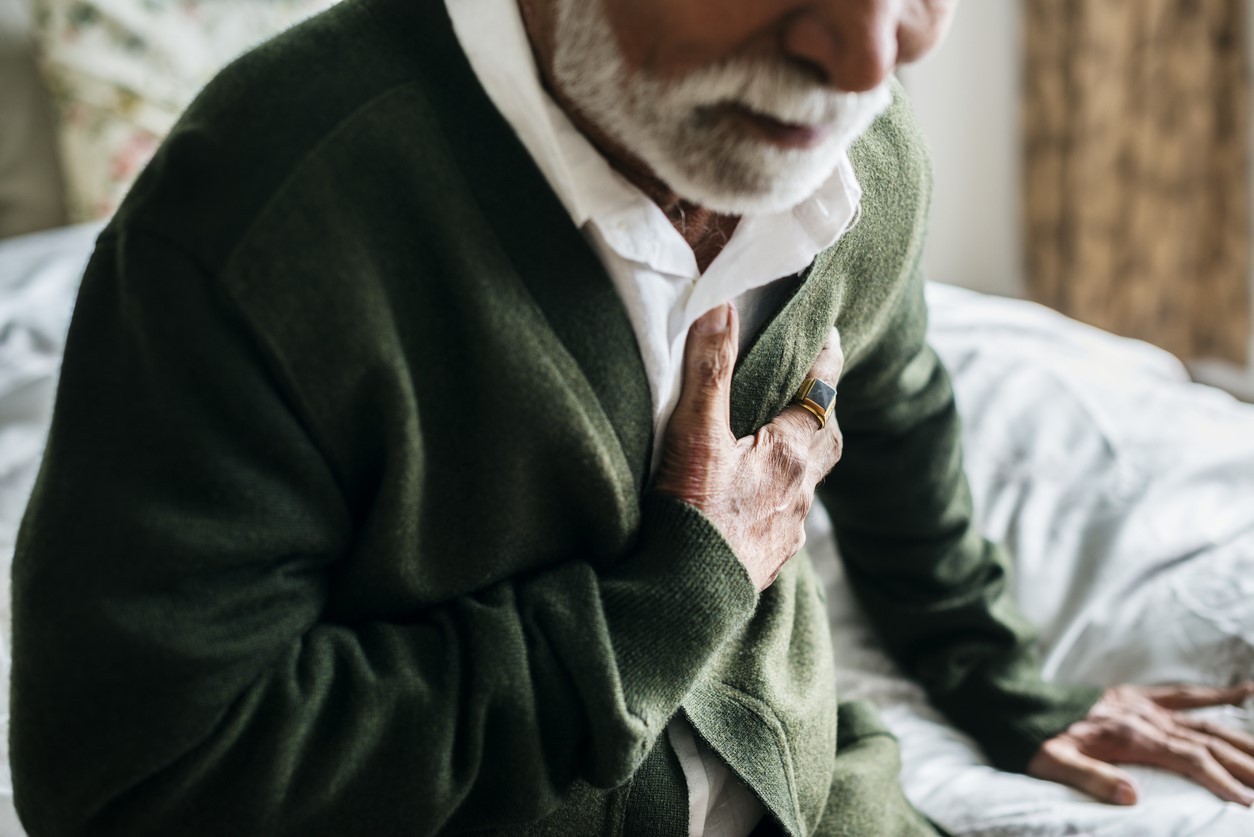Paris-based vaccine company Valneva announced today that its single-shot chikungunya candidate vaccine, VLA1553, has been granted priority review by the US Food and Drug Administration (FDA).
Valneva submitted to the FDA promising data from a phase 3 trial of VLA1553 in March 2022, final lot-to-lot consistency results in May 2022, and positive 1-year persistence data in December 2022. The FDA assigned VLA1553 a Prescription Drug User Fee Act (PDUFA) review goal date of end of August 2023, which is the date by which the agency plans to make a decision about the experimental vaccine.
Chikungunya is a mosquito-borne viral disease caused by the chikungunya virus and has been identified in more than 100 countries. It often causes large outbreaks and has a high attack rate and has affected more than 3 million people in the Americas.
VLA1553 is a live-attenuated, single-dose vaccine created by deleting a part of the chikungunya virus genome. To make it more accessible to low- and middle-income countries, Valneva partnered with Instituto Butantan in Brazil in January 2021 for the development, manufacturing, and marketing of the vaccine. In 2019, the Coalition of Epidemic Preparedness Innovations (CEPI) provided funding of up to $24.6 million for VLA1553 with support from the European Union.
 COVID-19 vaccination is linked to fewer heart attacks, strokes, and other cardiovascular issues among previously infected adults, suggests a US
COVID-19 vaccination is linked to fewer heart attacks, strokes, and other cardiovascular issues among previously infected adults, suggests a US 









